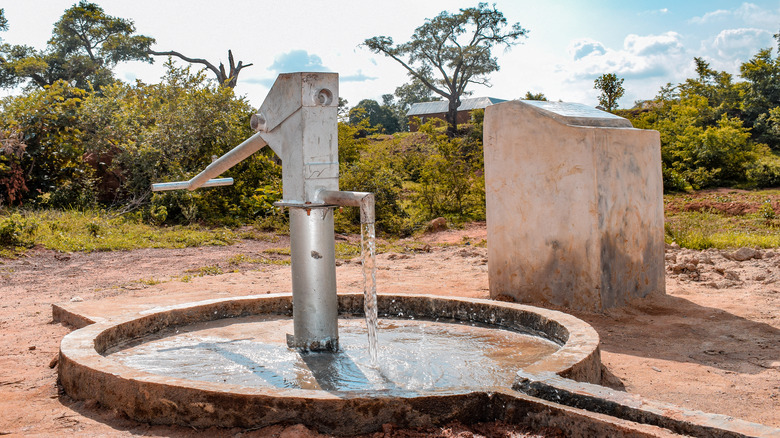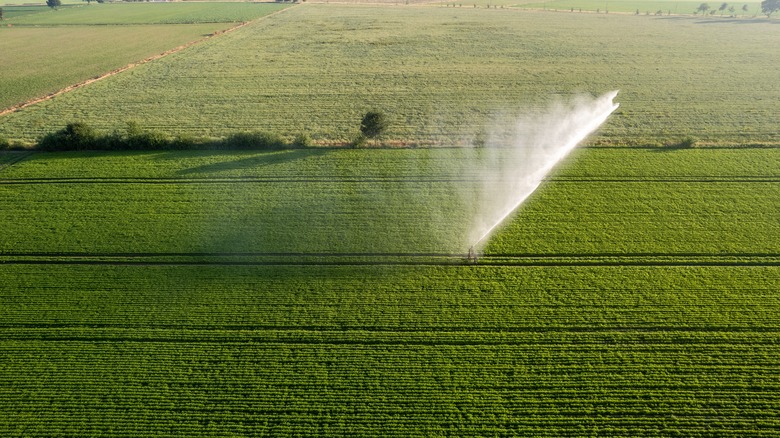The US Government Just Updated Its Plan For Combating Water Insecurity
In the coming decades, water insecurity will be one of the biggest problems facing the world. According to the Council on Foreign Relations, communities are considered water insecure when they cannot meet their basic water needs for things like agriculture and hygiene. Considering how essential water is, it's shocking to see that, per the United Nations (U.N.), as of 2021, almost 2.3 billion people live in countries that are water-stressed, with billions more experiencing severe insecurity during at least one month each year. These shortages come from a mix of increasing demand, poor infrastructure, and ecological transformations due to climate change.
The problem of water insecurity is only expected to get worse as populations grow, groundwater gets used up, and climate change accelerates. The World Bank notes that regions that are already water scarce, like the Middle East, are likely to face worsening conditions, while even some places where water is more plentiful, like central Africa, could begin to experience shortages. This is a problem not only for the rest of the world but also for the U.S. According to the U.N. Environment Programme, droughts in the southwest have pushed reservoirs like Lake Mead to record lows, and crops in California are withering on the vine. It's no surprise that the U.S. government sees worldwide water management as a critical economic and national security issue that demands action.
The U.S. is focused on expanding equitable access to water and climate resilience
It's with all those concerns in mind that the U.S. Agency for International Development (USAID) has released its Global Water Strategy for 2022-2027; the second of several five-year plans mandated by the 2014 Water for the World Ac, and the first that will have an accompanying plan from the White House (via Global Waters). USAID's plan is a comprehensive four-part strategy that involves not just expanding water access but improving conservation through more efficient management and making sure the agencies that govern water use are funded and strengthened.
The plan is heavily focused on climate sustainability and more equitable access to water, especially in foreign nations that are considered to have extremely high needs for water distribution, like those in Sub-Saharan Africa. The plan has specific targets for its global water strategy, with a goal of 22 million people gaining improved water resources and $1 billion in funding for water security and sanitation. There is also a new focus on empowering local water management in these areas, with the major goal of reducing potential water conflicts; an issue which is already causing serious tensions in places like Iraq and the Indus Valley according to the BBC. With so much to be lost through water scarcity, now is as good a time as ever to consider your own water usage and do your part to help tackle what may end up being the 21st century's defining issue.

